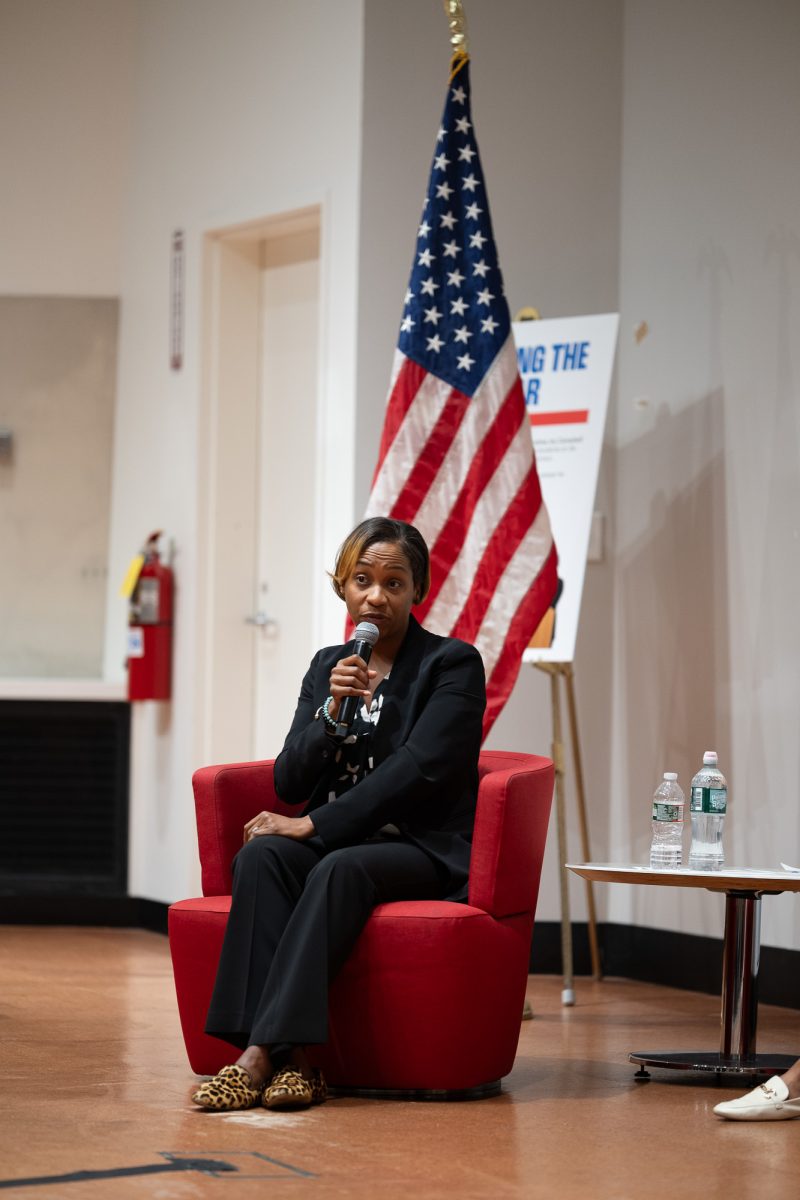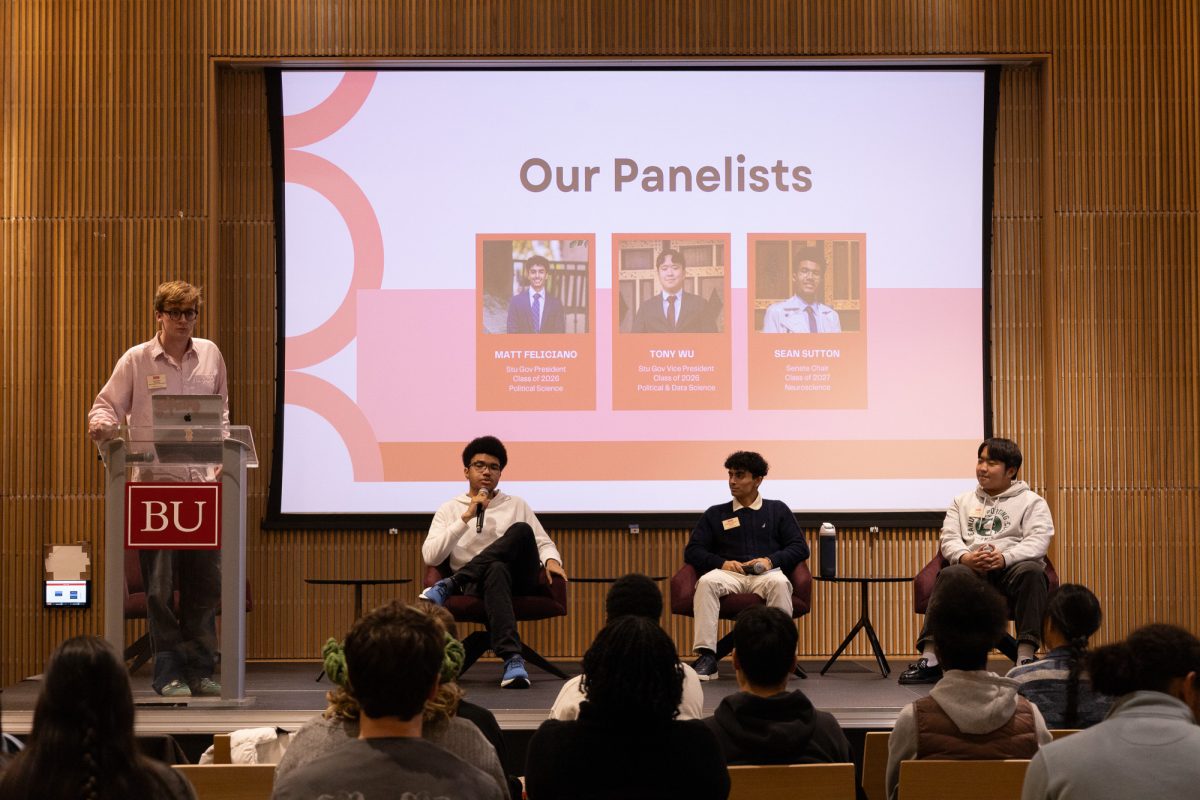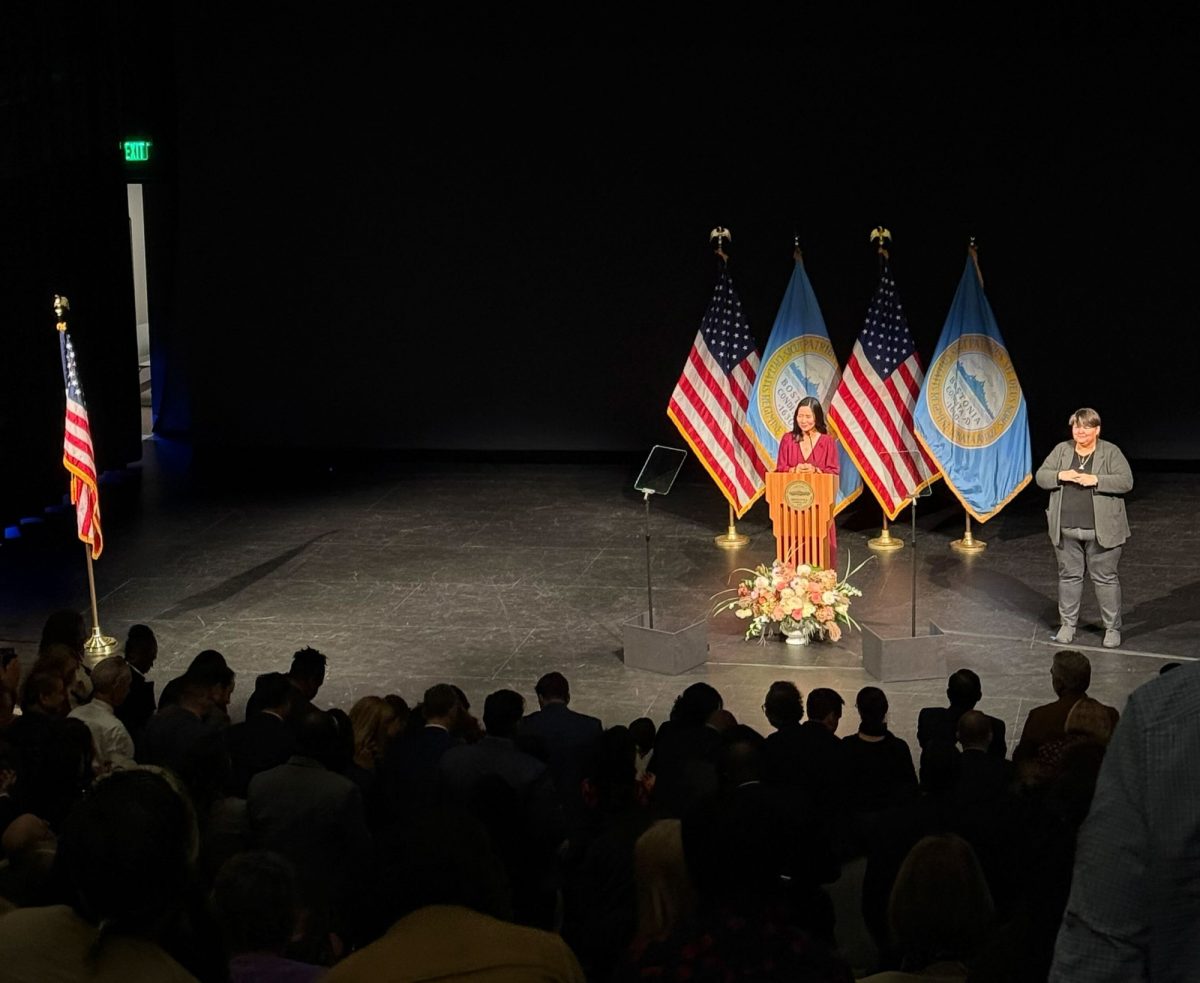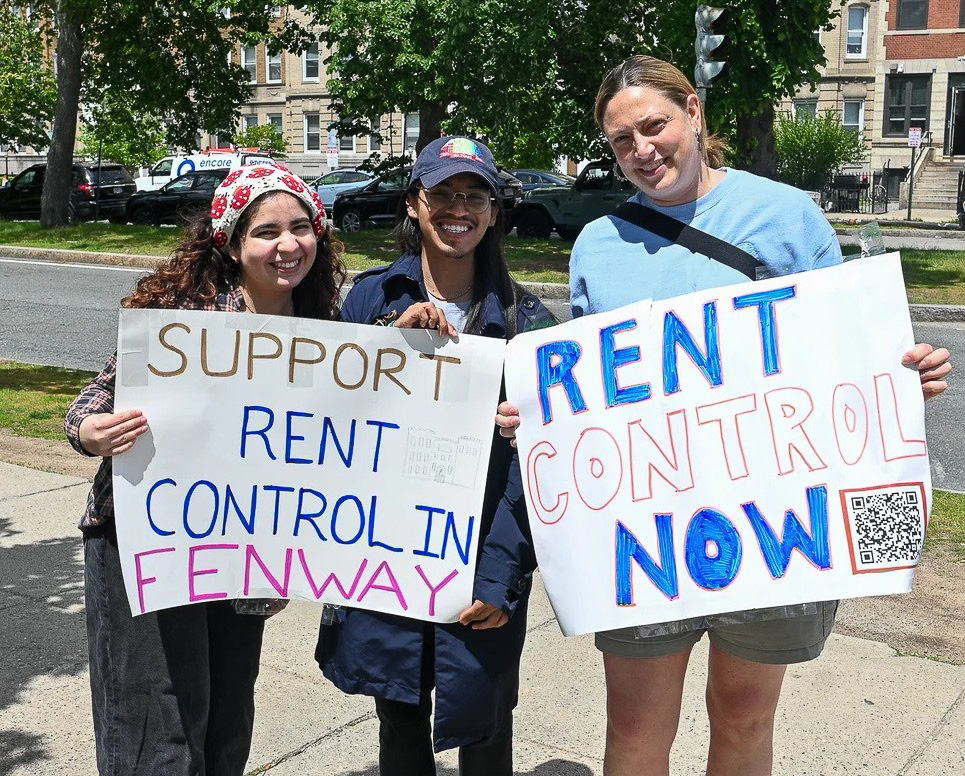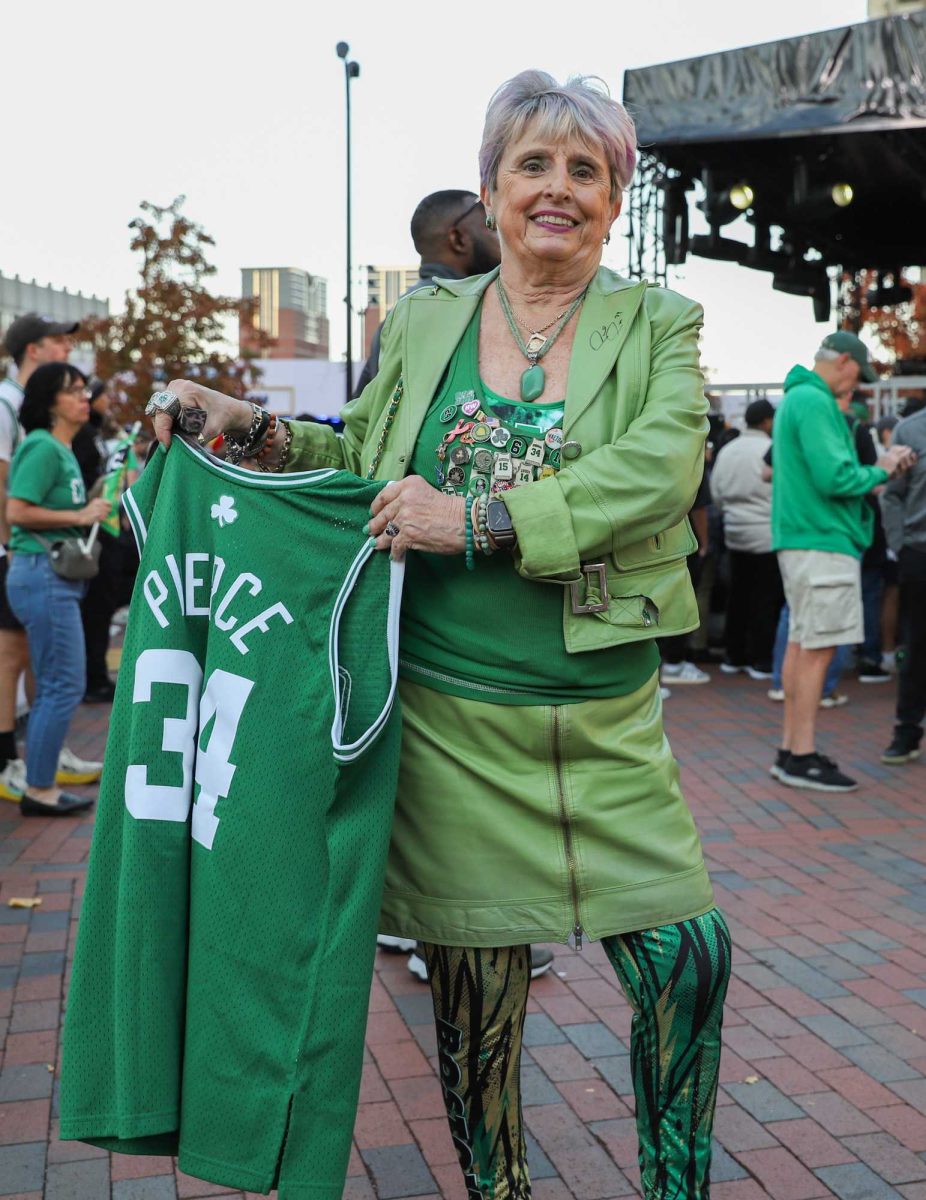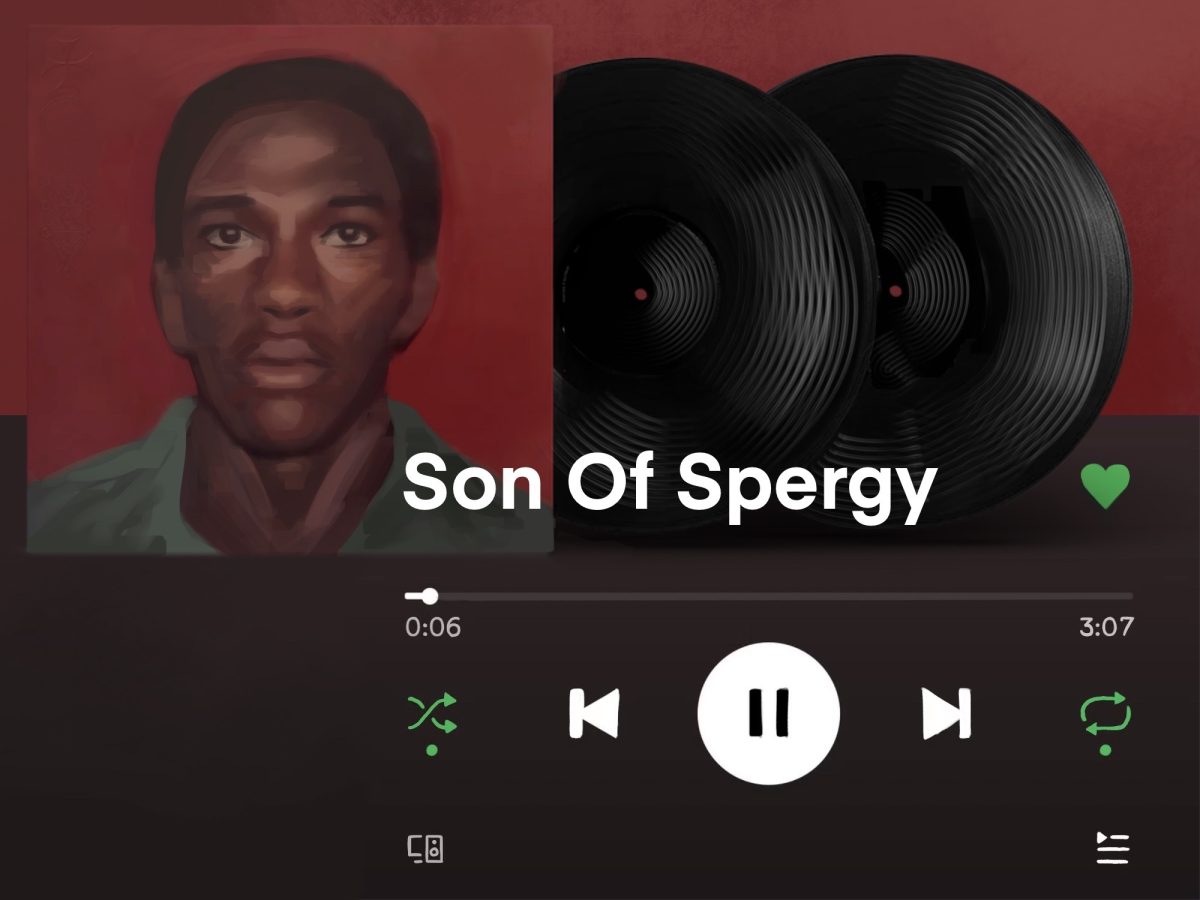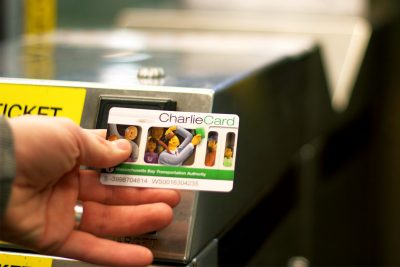
Boston Mayor Martin Walsh proposed the “Go Boston 2030 Vision and Action Plan,” which will serve to guide the city’s transportation agenda for at least a decade, according to a press release sent from the mayor’s office on Tuesday.
The plan outlines more than 50 improvements to Boston transportation services, including policies promoting more consistent service, improved traffic safety measures and an increase in transit options, according to the release.
Go Boston 2030 is intended to improve transportation within the city and address a multitude of existing transportation challenges, according to a statement from the Boston Transportation Department.
“[The plan] is designed to address transportation inequality, increase economic mobility, and improve climate resiliency within our neighborhoods,” according to the statement. “The Plan is based on moving people … to create greater transportation access, reliability, and safety.”
Go Boston 2030 also includes plans to develop microHUBs, the release stated.
The BTD described a microHUB as a central space in a neighborhood where residents can choose from several forms of transportation in order to better suit their needs, and connect them from one form of transportation to another.
The plan will also pave the way for autonomous vehicles, which are already in the works in Boston. Testing was announced in November of 2016 and began in early January of this year, according to the BTD statement.
Stacy Thompson, deputy director of LivableStreets Alliance, an organization that works to ensure streets are well-kept and accommodating, said community involvement worked to shape the plan and will be an important asset in helping it come to fruition. The projects were narrowed down from 3,500 ideas with the help of citizen voting.
“The city went to [residents] … then they looked at what is feasible and put it in the plan,” Thompson said. “The next 15 years is about implementation and the implementation won’t happen unless the same people who said that they wanted those things show up at public meetings, continue to say that they want those things and continue to advocate and fight for them.”
One of the top policies is the implementation of a Bus Rapid Transit line from Mattapan to the Longwood Medical and Academic area. Thompson said getting thousands of employees to this area every day has impacts that affect not only Boston residents, but also citizens across the country.
“There are just thousands of hidden jobs in that area and there are lots of folks … who try to get to the Longwood area every day and it’s just a disaster,” Thompson said. “Them getting to work on time regularly means that you and I will have better medical care.”
Rick Dimino, the CEO and president of A Better City, a company that focuses on transportation and sustainability, said the plan highlights the need for better transportation in “the southwest corridor of the city.”
“A lot of these proposals relate to the rapid transit systems which we, as both city leaders and residents and businesses, are going to have to get used to,” Dimino said. “We’re probably going to need to take a parking lane or take a travel lane and make those lanes available to exclusive bus operations.”
Dimino said one of the major challenges of adjusting public transportation routes is ensuring that housing near transportation stops remains affordable and accessible.
“There’s a lot of housing that’s already in proximate relationship to the transit system that’s pretty well-positioned,” Dimino said. “We want to keep that housing rental market affordable so that those folks can have access to that system.”
Several Boston residents expressed their concerns with the current transportation system, and commented on issues the city should direct their attention.
Anthony Sanchez, 24, of Dorchester, said in addition to the trains being outdated, they are constantly overcrowded, and to fix this, the city should replace them.
“The trains, I feel like, are out of date,” Sanchez said. “If we replace the trains with new trains we wouldn’t be so packed.”
Kathleen Babbin, 51, of Brighton, said changes to the crosswalks and bike lanes would work best to ensure the safety of pedestrians.
“The crosswalks definitely need to be extra-highlighted,” Babbin said. [The government] definitely [needs to] make more bike lanes available.”
Benjamin Sallis, 23, of Roxbury, said while the bus system in Boston is more efficient than those of other cities, improvements to the schedule can still be made.
“They do have a relatively routine schedule, and in general the entire bus system is better than a lot of other cities,” Sallis said. “[However,] it frequently happens that two buses will come five minute apart and then no bus will come for an hour. If it were staggered a little bit, it would be easier to get to and from places.”
Cynthia Fernandez contributed to the reporting of this article.


